A sustainable energy drive is sweeping over the Nothern Netherlands

The Northern Netherlands is turning the energy transition from words into actions. Initiatives are taking place across the region to make buildings and even entire cities climate neutral. ‘Anyone who has plans that fits into our sustainability drive will find lots of opportunities here, and a warm welcome’, says Desmond de Vries, Energy Transition Manager of the Province of Groningen. We spoke to civil servants, regional energy expert Mark de la Vieter and three young energy entrepreneurs to get a flavor of the energy revolution sweeping through the Northern Netherlands.
Becoming the European example
The green ambitions of the Northern Netherlands received a big boost last year, when the city of Groningen was selected under the EU-funded program Making City to become one of two new European ‘Lighthouse Cities’ which will guide the way towards the energy-positive and climate-neutral city of the future. The results achieved over the next five years in Groningen and Oulu, Finland, will be replicated in ‘follower cities’ across Europe.
According to Mark de la Vieter, Project Manager at the New Energy Coalition, a TopDutch-based networking and knowledge organization with a mission to ‘drive energy projects forward’, the selection of Groningen as Lighthouse City is just one more sign that ‘a sustainable energy drive is sweeping over the Northern Netherlands’.

Making City, notes De la Vieter, ‘is a serious plan with a serious budget’. Two districts in Groningen, one on the north and one on the south side of the city, have been chosen to be made climate-neutral by 2035. Participants are not only the municipal government, but also local energy cooperatives, several industrial companies and SMEs as well as the two higher education institutes in Groningen: The University of Groningen and the Hanze University of Applied Sciences.
The idea behind Making City is to make all buildings in the two districts climate neutral as well as ‘energy positive’, which means producing more energy locally than they consume, although the local authorities have already indicated that so-called energy-neutrality is a bit too ambitious. ‘Nevertheless, there is a strong drive in Groningen to become autonomous in energy,’ says De la Vieter, referring to the region’s traumatic experiences with the earthquakes caused by local natural gas production. ‘I would say that Groningen is in the top-3 of Dutch cities when it comes to ambitious climate and energy policies.’
Groningen is a vibrant city that has a lot to offer to young talents.
Faris Nizamic, Co-Founder of Sustainable Buildings
De la Vieter, who works as an energy consultant and project developer across the Netherlands and has been closely involved in the Making City project, notes that Groningen has one advantage over other cities. ‘There’s a lot of energy knowledge available here, as a result of the long local history of gas production. There are major knowledge institutions in Groningen, such as national energy specialist TNO (the Netherlands Organization for Applied Scientific Research), international consultancy DNV GL, two universities, both with a strong energy focus, as well as major energy companies, such as Gasunie, and a great many service and technology suppliers, both in traditional fossil fuels and in renewable technologies.’
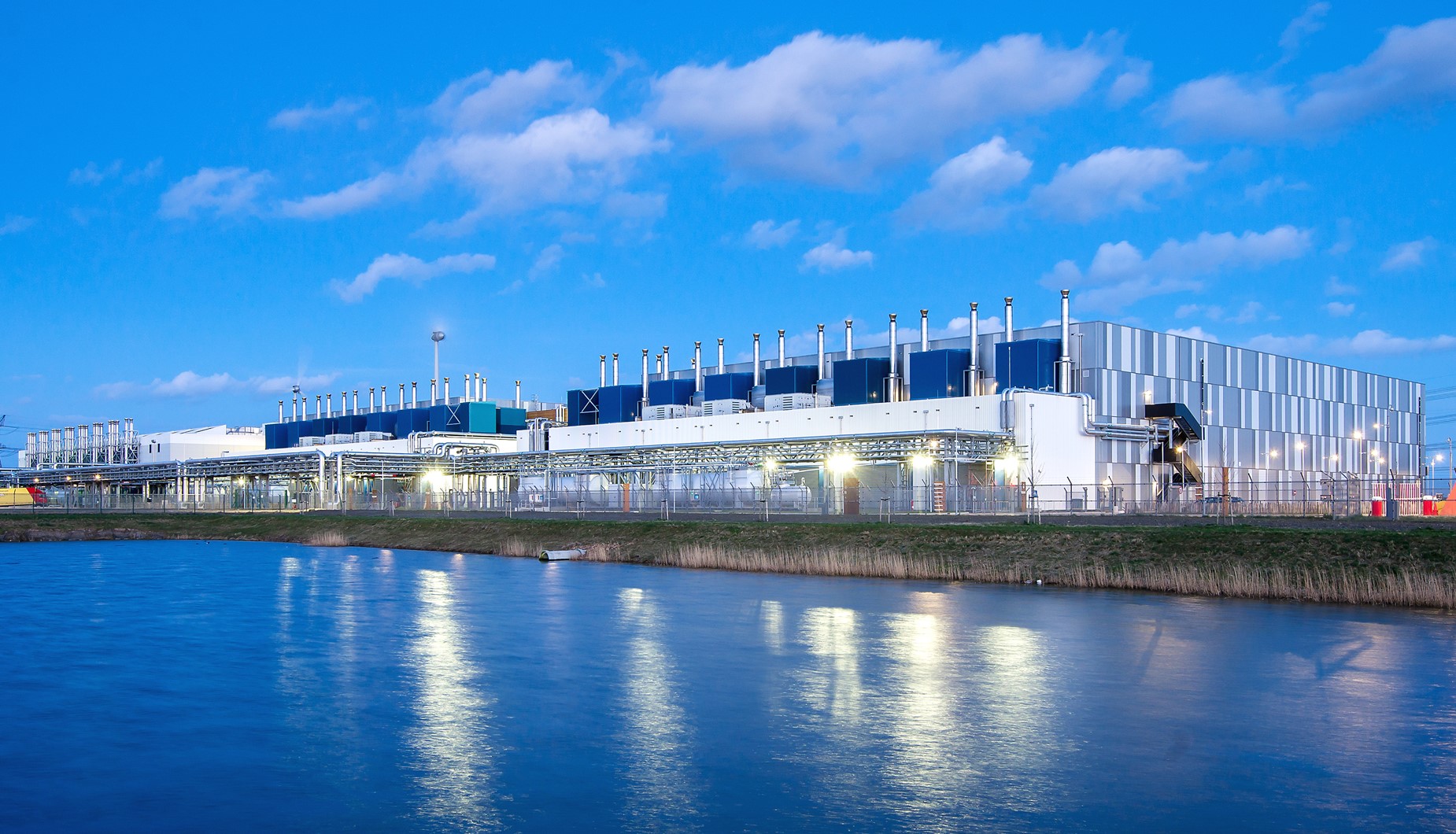
The region further boasts three large power stations on the northern coast in Eemshaven. At the same time, the Northern Sea Ports Eemshaven and Delfzijl are developing into a major national offshore wind hub. De la Vieter explains: ‘There’s a reason why a company like Google chose to build a data center in Eemshaven in 2016, running on 100% green electricity.’ Google spent $600 million on the Eemshaven data center, and since then announced $1.9 billion in additional investments for the coming years.
Creating flexible sustainable solutions
De la Vieter stresses that even though Making City is confined to the city of Groningen, it is not the only sustainability project going on in the TopDutch region and it certainly won’t be the last. ‘One place that is very active on the energy transition front is the island of Ameland. Here we are working with a number of different public and private players to make the island energy independent and climate neutral, with a mixture of heat pumps, large-scale solar farms, batteries and digital flexibility solutions.’
And the Northern sustainability drive won’t stop there. ‘The knowledge we will gain in Groningen and Ameland we will use in other cities as well. In fact, we are already making plans for Leeuwarden, Emmen and other towns and villages in the region.’
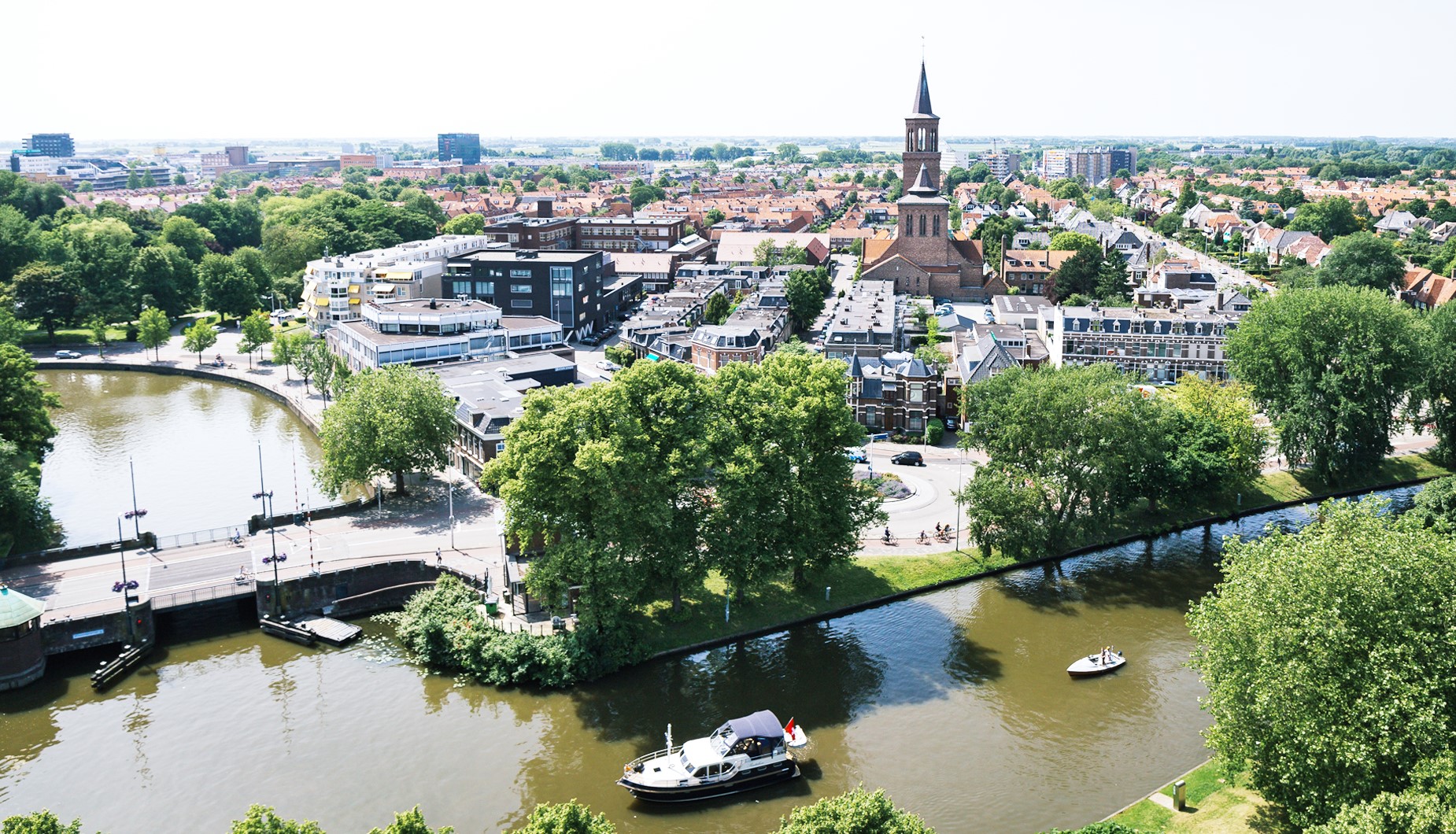
One of the key challenges of the new energy system, says De la Vieter, is the need for flexibility. ‘We need to integrate and balance increasing amounts of variable solar and wind power. This can be partly done by storing electricity, for example in batteries, or converting it into hydrogen, so it can be used when needed. At the same time, we must adjust demand patterns, for example, shift power use to the night or to periods when there is large supply. This requires a much more flexible system than the present one, which is based simply on providing all the power that people may need at any moment from big power stations that deliver power 24/7. All in all, a huge transformation.’
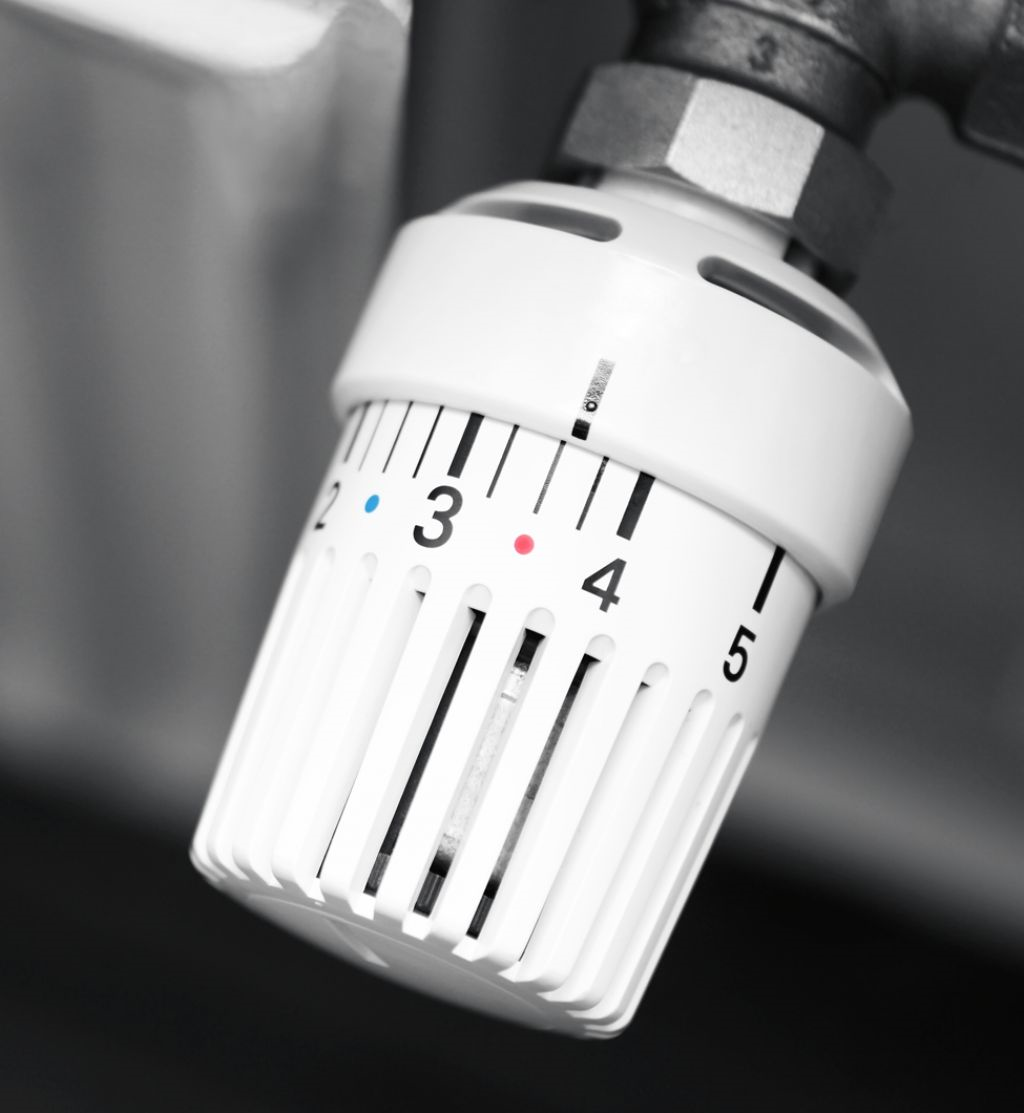
This is not a new insight of course. The renewables revolution has been brewing for a number of years. In the Northern Netherlands, several pathbreaking pilot studies have already been carried out in which the requirements of the new power system were tested, says De la Vieter. They include the multi-year real-life experiment PowerMatching City, led by consultancy DNV GL, in which 40 households took part, and a project in the town of Meppel that ran from 2013 to 2018, which used hybrid heat systems (based on electricity and gas) and district heating facilities in an integrated ‘smart energy’ system.
De la Vieter continues: ‘We learned a lot from those experiments. One of my personal takeaways is that it is crucial how you design the system in the first place. For example, if you connect air-conditioning directly with solar panels, you have a win-win situation, because you usually need air-conditioning when the sun shines. By contrast, there is no natural connection between air-conditioning and wind power. It makes a big difference if you take this kind of synergy into account right from the start.’
Money available
Another insight gained from the PowerMatching City pilot: The technologies for the new energy system already exist, but smart, digitalized operating systems must be brought into play to use all the energy sources to their full potential. Intermediate parties, so-called aggregators, can play a useful role in bringing these diverse energy sources together. In other words, says De la Vieter, ‘It’s time for market parties to take up the challenge and make things happen.’
Fortunately, an increasing number of start-ups and SMEs in the Northern Netherlands are doing just that. They are offering the products and services needed to make buildings and towns climate neutral.
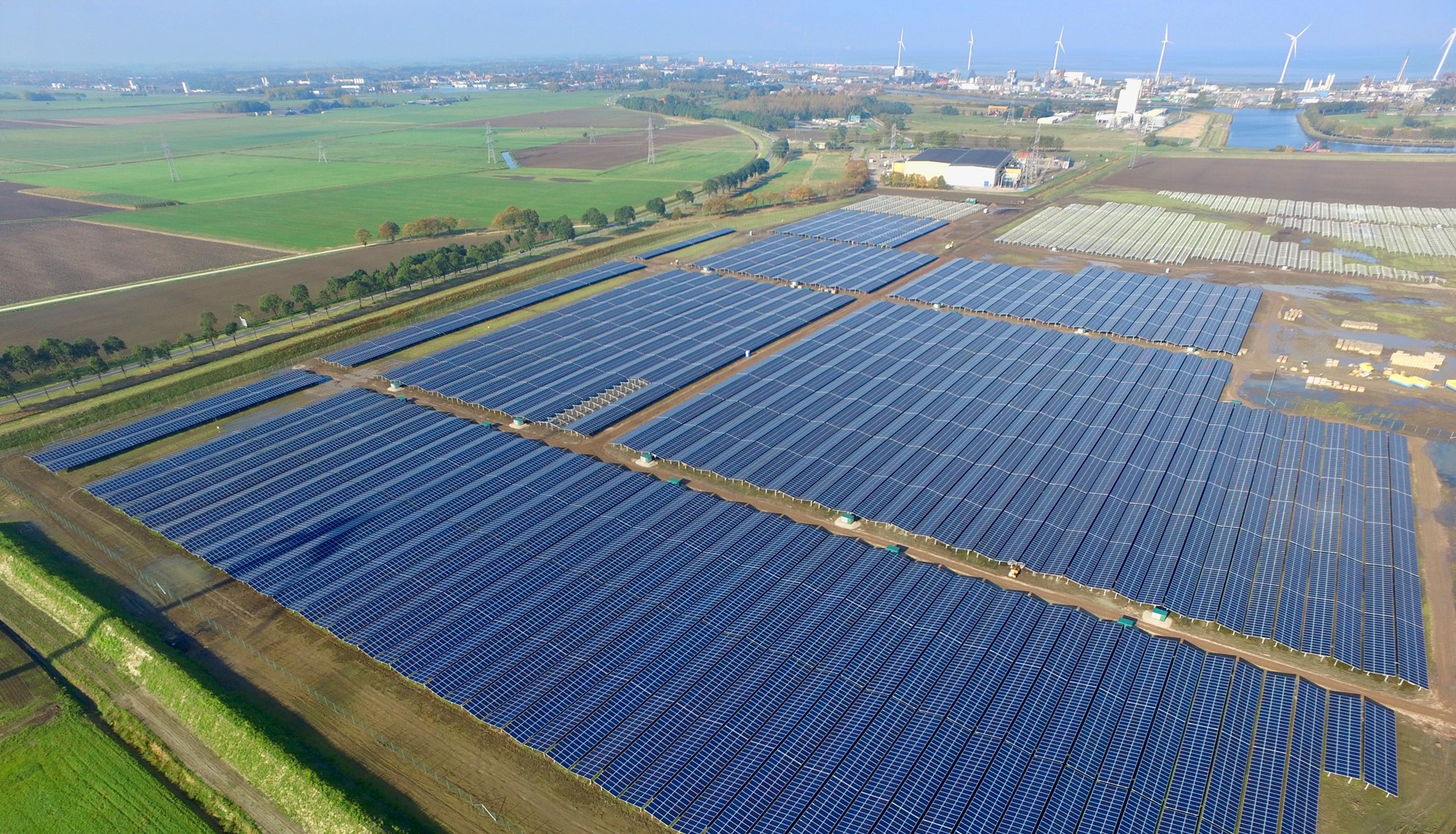
One of said companies is the start-up REPOWERED, founded in December 2019 by Jeroen van den Berg and two partners, in Groningen. Van den Berg, who set up the pioneering EnTranCe Center of Energy Expertise in 2012 when he worked for the Hanze University of Applied Sciences in Groningen, says he and his partners feel that ‘it is time to stop talking and take action. With our company we want to drive the energy transition forward.’
There is a good mixture here of political and public support with technological and academic know-how and with a strong focus on marketability.
Mark de la Vieter, Project Manager at New Energy Coalition
The services REPOWERED provides are based on the expectation that flexibility will become more and more valuable over the coming years, says Van den Berg. Their first launching customer is a big solar farm in the North which can’t get a connection to the power grid because there is a shortage of network capacity in the Netherlands. ‘We are providing them with an integrated solution, which includes the use of storage (a battery in this case) and a flexible energy contract which allows them to deliver energy not only when the sun is shining but also when demand is high.’
Van den Berg is optimistic about the prospects of the energy transition in the TopDutch region. ‘There is a lot of knowledge and experience available locally, part of it based on the gas industry that has been here for many decades and is now in a transition. Another part are the institutions of higher education which have very good energy and science programs. And there is money available, both public and private. Money in the bank is not profitable at the moment, so people are ready to invest.’
Launching pad
Another new arrival on the flexibility scene is NEROA, founded in 2018, also in Groningen. NEROA, has developed an open platform for municipalities, building corporations and industries that combines heat pumps, batteries, solar panels and other energy sources into a single interface. This can then be used to optimize supply and demand.
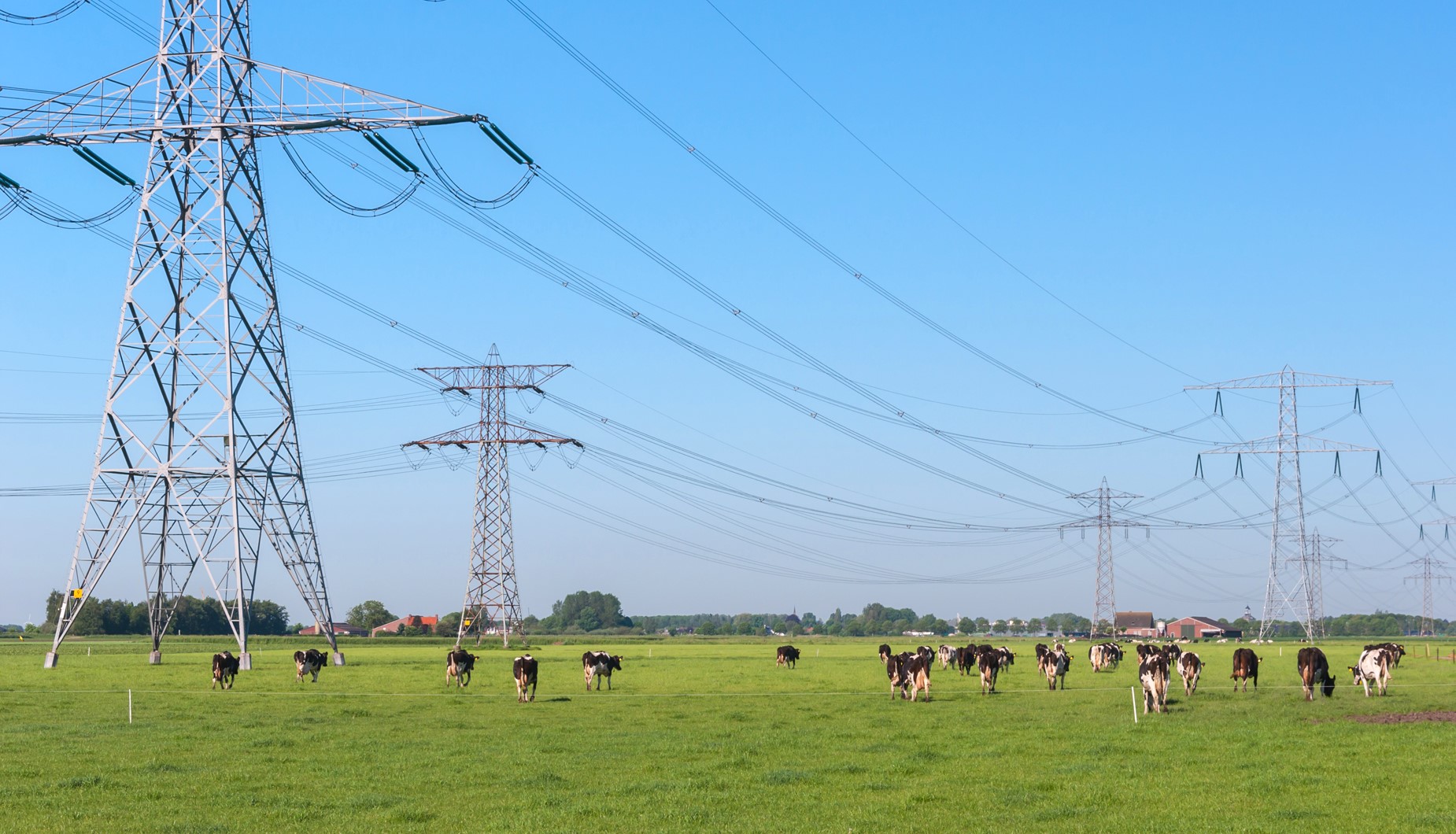
The local authorities here are eager to move the energy transition forward and they keep close tabs on what is going on in the field.
Mark de la Vieter, Project Manager at New Energy Coalition
Quick wins
A different approach to the energy transition has been chosen by startup company Sustainable Buildings, founded in 2016 by two computer science engineers at the University of Groningen, Faris Nizamic from Bosnia and Tuan Anh Nguyen from Vietnam. The company, based on the Zernike Campus in Groningen, provides a tool that automatically monitors and adjusts energy use in buildings.
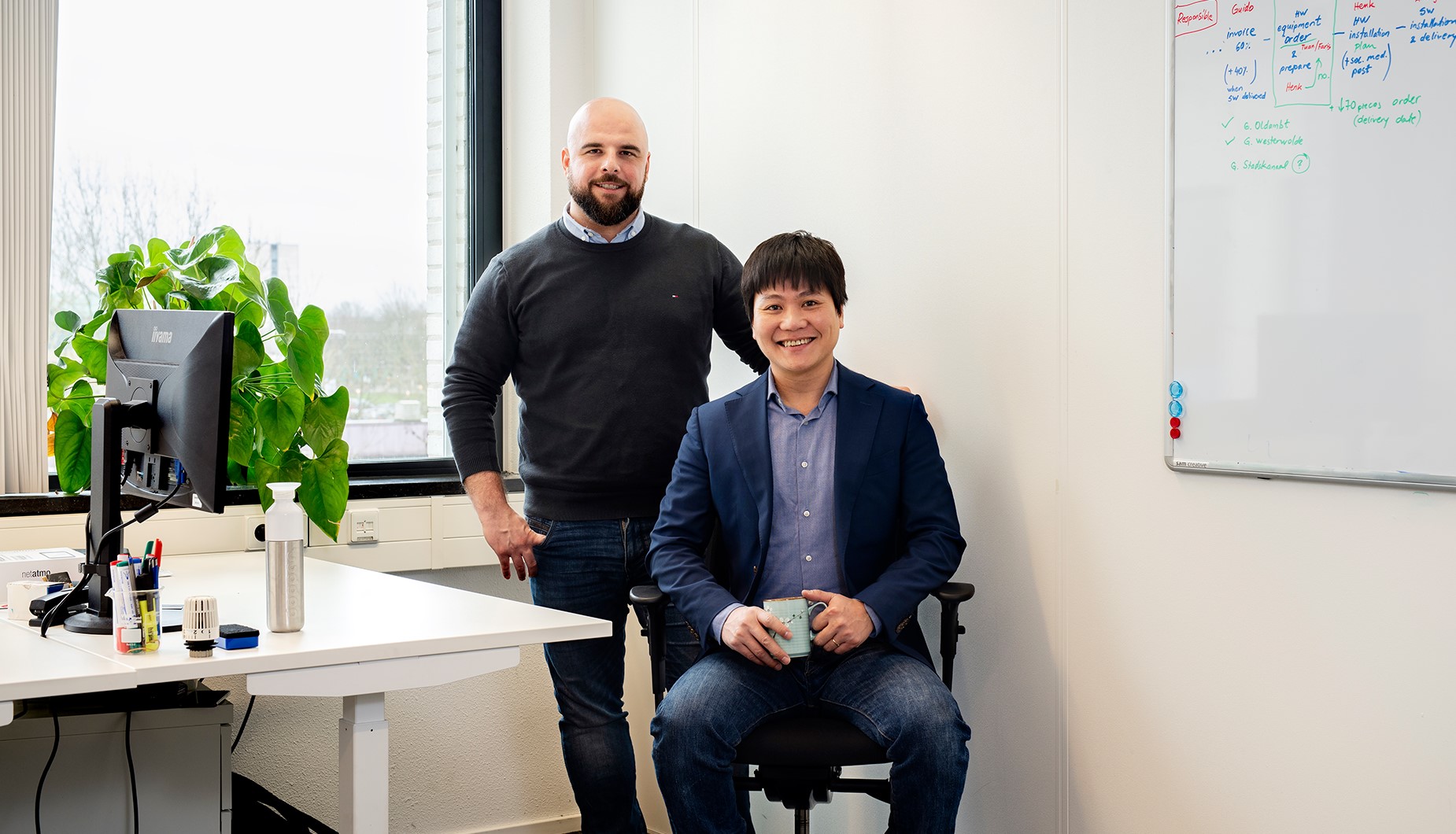
‘In our experience it is possible to save up to 30% in energy consumption,’ says Nizamic. ‘Practically without any human effort. Our automated control tools do the work.’ Clients of Sustainable Buildings get a Management Dashboard that building managers can use to get valuable insights and easier control of energy use, and a Public Dashboard for all the building occupants to be informed about air quality, as well as feedback on energy consumption and CO2 output of their building. ‘You can see it as a Fitbit for buildings. We keep the buildings in shape’, illustrates Nizamic.
Nizamic notes there are always quick wins when clients install their system. ‘We see unnecessary consumption right away. For example, we notice it when energy consumption stays high outside of office hours and on vacation days, which is the case most of the time! We can also see if, for example, the cleaners come outside office hours and leave on all the lights and heating, and advise our clients to manage this in a smarter way.’
Vibrant city
Sustainable Buildings got off the ground thanks to two launching customers, a private investor and a crowdfunding action on the Symbid crowdfunding platform, which yielded €133,000. The company is now at the stage where it will do a second crowdfunding action on Symbid. ‘The success of this action will be crucial for our future,’ says Nizamic.
The Bosnian entrepreneur has no complaints about Groningen as a location for his company. ‘There are a lot of advantages to being here. Living costs are much lower here than in places like Amsterdam. And there is plenty of talent to tap into at the two universities. Groningen is a vibrant city that has a lot to offer to young talents.’
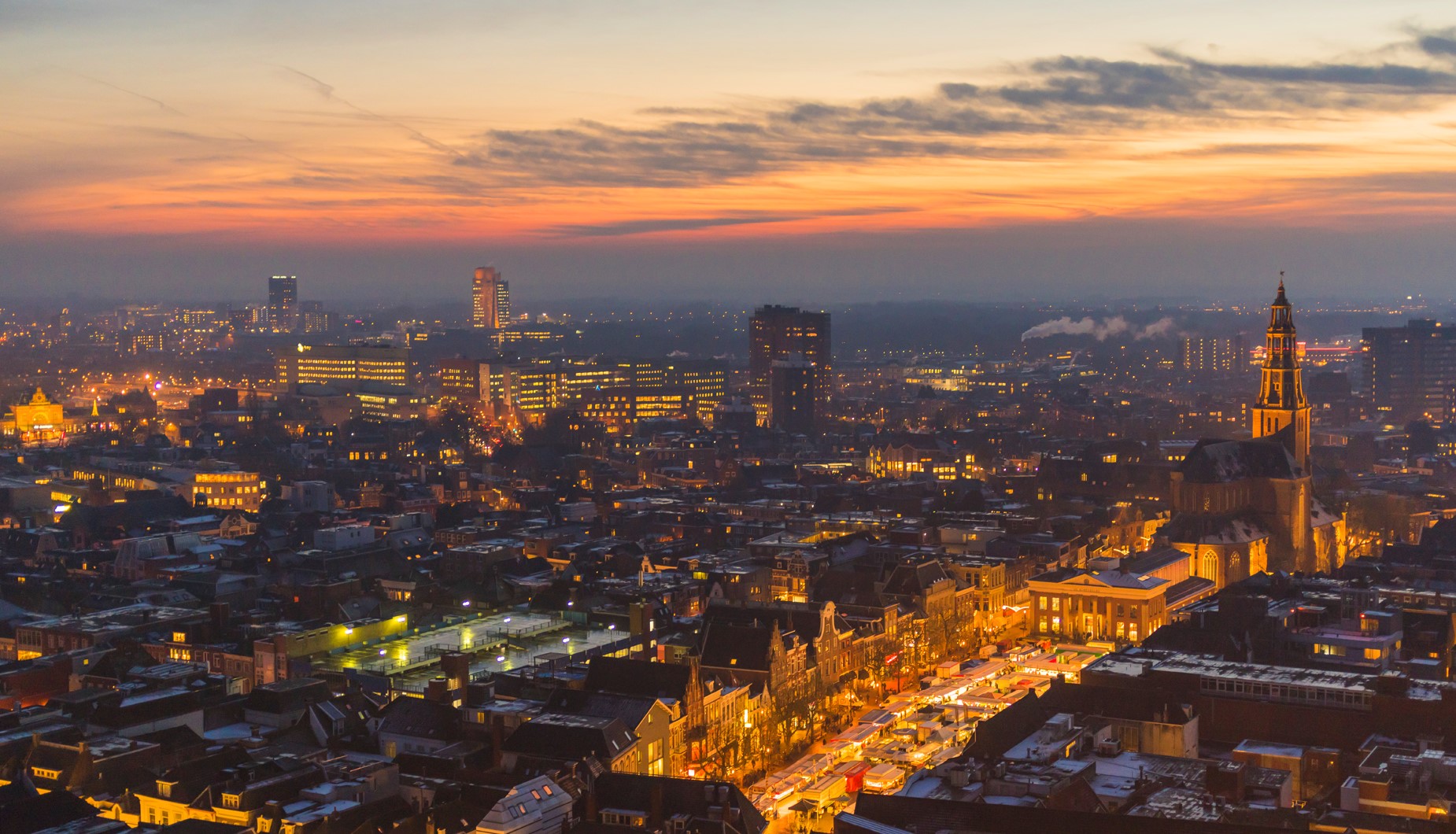
Nizamic and Nguyen both did their Ph.D. in a research group on Distributed Systems at the department of Computer Science at the University of Groningen. ‘Through this group we participated in some EU projects, such as Greener Buildings and Smart Homes for All. This is where we got additional inspiration to start our company.’
De la Vieter of the New Energy Coalition shares the optimism of the three entrepreneurs. ‘The local authorities here are eager to move the energy transition forward and they keep close tabs on what is going on in the field. There is a good mixture here of political and public support with technological and academic know-how and with a strong focus on marketability. I think what we are doing here will serve as a model for many other places.’
Smart grids and offshore wind to transform Northern energy system
NEROA, REPOWERED and Sustainable Buildings are of course not the only companies in the Northern Netherlands working on smart energy solutions. There are many others. The provincial authorities are working hard to bring together local start-ups, energy cooperatives, network operators, service providers, consultants and knowledge institutions to create the smart grid of the future in the Northern region. In October 2019 they organized a conference that brought together interested parties.
More events and initiatives are sure to follow, says Irin Bouwman, who over the past few years worked for the Province of Groningen as the project manager for ‘energy neutral villages’. Bouwman was involved in supporting a number of local sustainable energy projects, including the implementation of a ‘sea salt battery’ developed by the Dutch company Dr Ten. He also helped establish a ‘learning community’ around smart grids and energy storage in Groningen.
With an Energy Transition Team of 25 to 30 people, the Province of Groningen takes a very active role in the energy transition going on in the region, affirms project manager Desmond de Vries. The provincial authorities have an important role in environmental planning, which includes the building of onshore wind and solar power, explains De Vries. In addition, the Province is actively involved in turning the Northern Netherlands into Europe’s first Hydrogen Valley and has its own fund to invest in renewable energy projects.
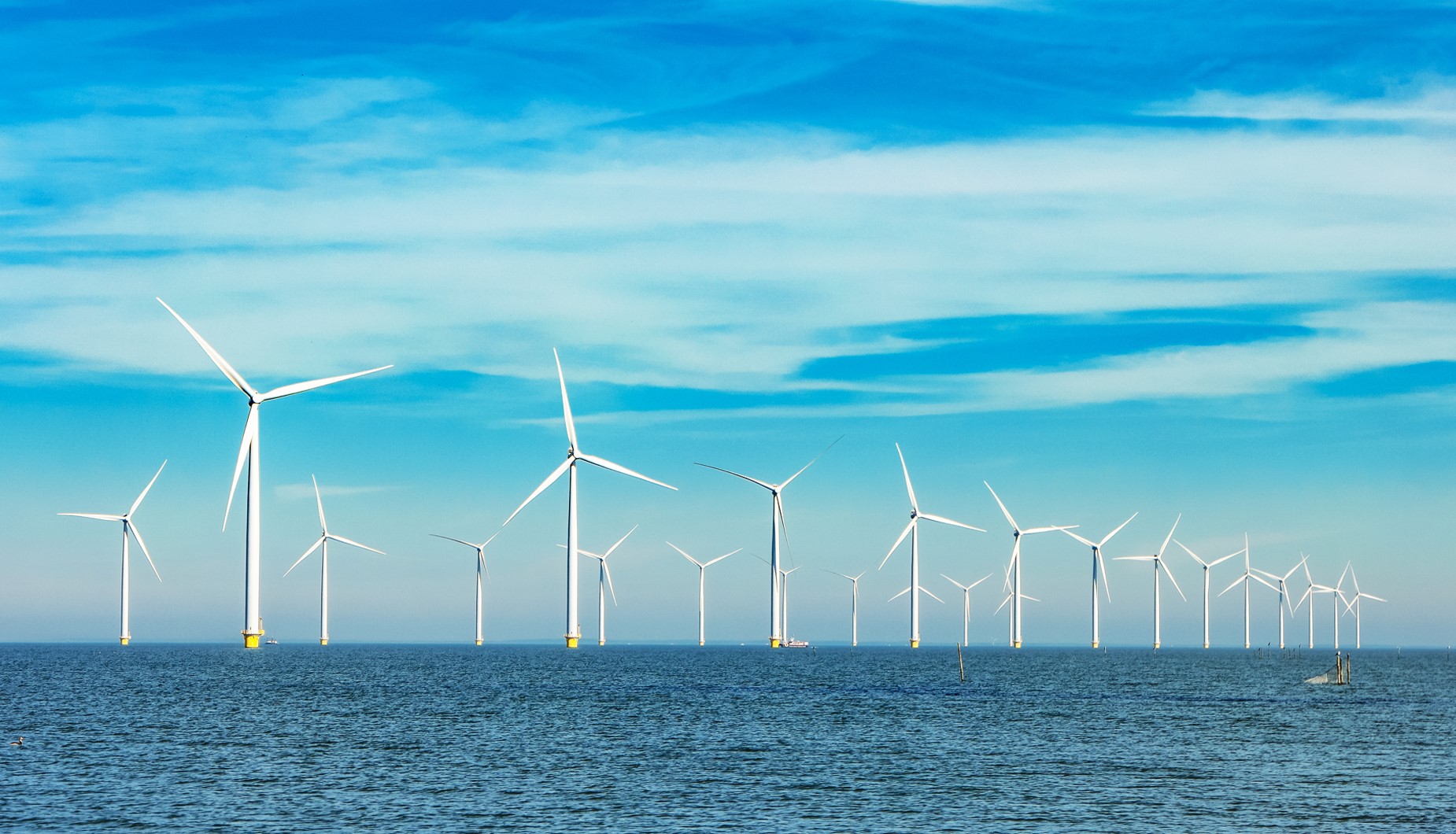
One of the province’s priorities for the coming years, says De Vries, is to lobby for a more rapid expansion of offshore wind in the North Sea. ‘The new provincial government has set a target of 22 GW (Gigawatt) to be built in what you could call our part of the North Sea. Currently we have some 600 MW plus 700 MW being planned. That’s not insignificant but it’s not enough. We urgently need to step up this effort.’
According to De Vries, offshore wind is key to the region’s energy future. ‘There are limits to how much renewable power we can produce on land. And we need this energy to power the electrolyzers we will be building to produce green hydrogen.’ The biggest obstacle is not a lack of investment, says De Vries, but the long time it takes for the national government to decide where new offshore wind farms can be built. ‘There are many competing interests, such as fishing and shipping. Nevertheless, research shows that about a quarter of the North Sea has to be reserved for energy production if we want to reach our renewable energy goals.’
De Vries says the Province of Groningen will do the utmost to make the renewable energy revolution happen and to lead the world in making its energy and industry sectors sustainable. Outside help, he adds, is more than welcome. ‘If you are a business or investor who is on the same path as we are, we will do everything we can to support and accommodate you.’
Join TopDutch
So what will be your next move? How will your company play a leading role in the worldwide energy transition? Contact our network of knowledge-intensive institutions and innovative and entrepreneurial companies. You’ll soon see for yourself how quickly things get done here in the Northern Netherlands.
